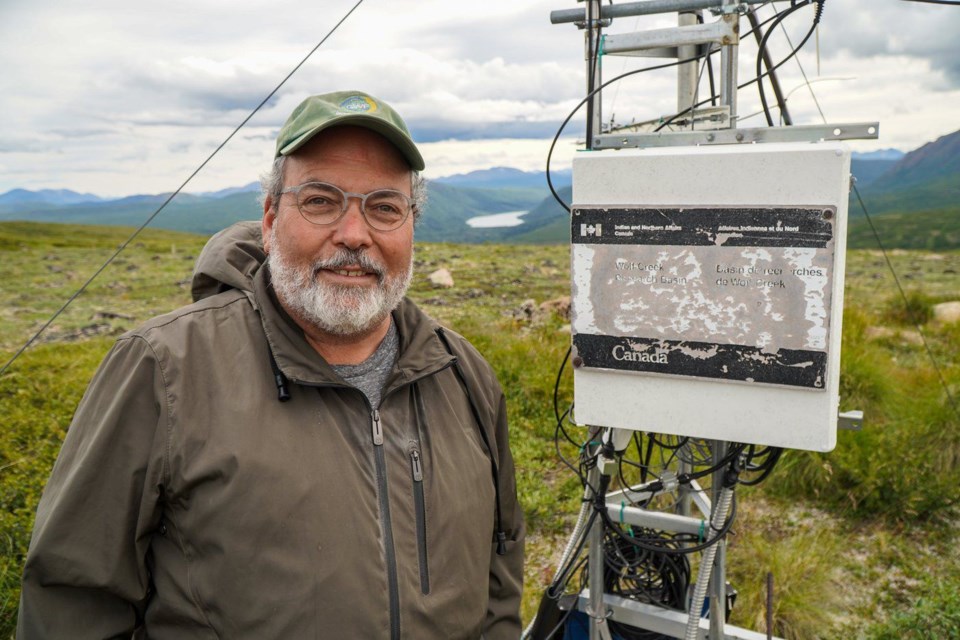SASKATOON — University of Saskatchewan academics have used experiences in the Yukon in recent years to inform a hydrological model that could help prepare a local plan of action for extreme flooding.
Prof. John Pomeroy was in Whitehorse, Yukon in 2021 during a sweltering heat dome and a record flood from a glacier melt. Flood incidents have been ongoing in that territory over the last three years in particular, according to teams studying the hydrological and climatic records.
“It’s a part of the considerations we have to make — the cost of the larger floods that we’re getting — and the more severe drought, including the forest fires associated with those droughts, is growing dramatically,” Pomeroy said.
“It is costing us many billions of dollars each year in Canada and impoverishes us as a country.”
These are the primary considerations of Pomeroy and the team conducting research at the U of S Global Water Futures program. The team has engineered software that studies water movement and can turn it into a predictive forecast, helping cities and towns forecast floods, issue advisories and better prepare for emergencies.
The research in Saskatchewan has helped Yukon government agencies respond with more precise advisories, and the team continues to work to make it more accurate and consistent.
“We need to make sure we are continuing to marry this academic research with operations and that operational flood forecast centres don’t fall way behind academic research,” said Anthony Bier, Senior Hydrologist for the Yukon government.
“We don’t have the most sophisticated and the newest technology.”
The forecasting program based in Saskatoon relies on meteorological forecast data from Environment and Climate Change Canada. That data is processed based on a model of the Yukon River system, lakes, and glaciers and then automated on an Amazon cloud system.
The Saskatchewan-Yukon collaboration dates back to 1992 when Pomeroy and Yukon hydrologist Rick Janowicz started working on a project called the Wolf Creek Research Basin. It’s a northern hydrological model that serves as a means of advancing the study in cold regions.
“It’s one of the tools we would use to make that judgment call, a very important one,” Bier said.
The same program, titled MESH, has also been used to predict the flow of water in the Great Lakes, the St. Lawrence River and the Saint John River basin, as well as in the Fraser Valley in British Columbia.
In Saskatchewan, the research has been applied to the Saskatchewan River Basin from headwaters in the Rocky Mountains, down through to Lake Diefenbaker, and onwards to Prince Albert and Cumberland House.
The work has been revealing the effects of climate change and the costs of counter-acting extremities like forest fires, floods and droughts.
“These costs add up and many of the extra costs are associated with climate change, and that is something we can control by controlling greenhouse gas emissions, by reducing carbon dioxide levels in the atmosphere,” Pomeroy said.
“We’re seeing the effects all over the world.”




